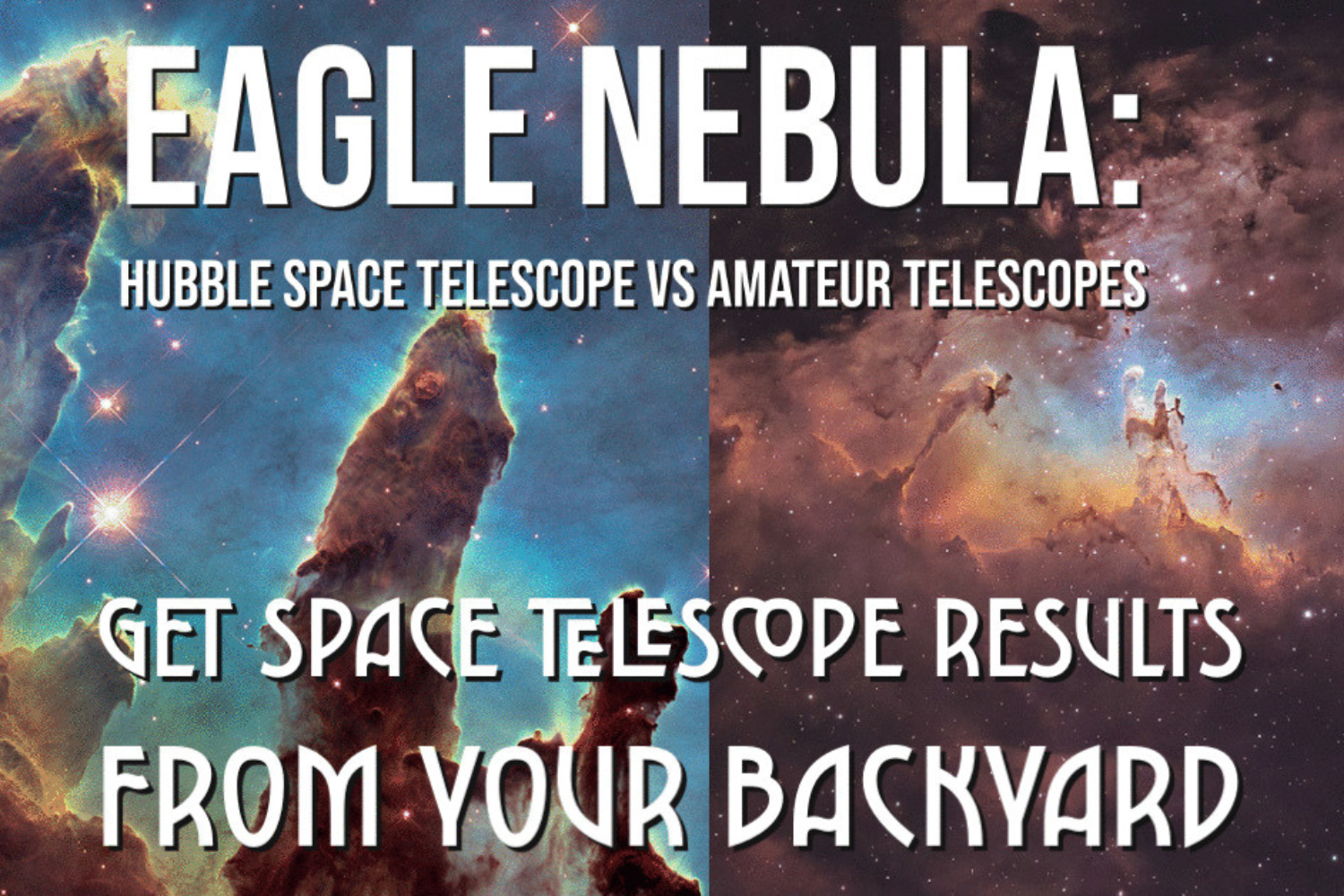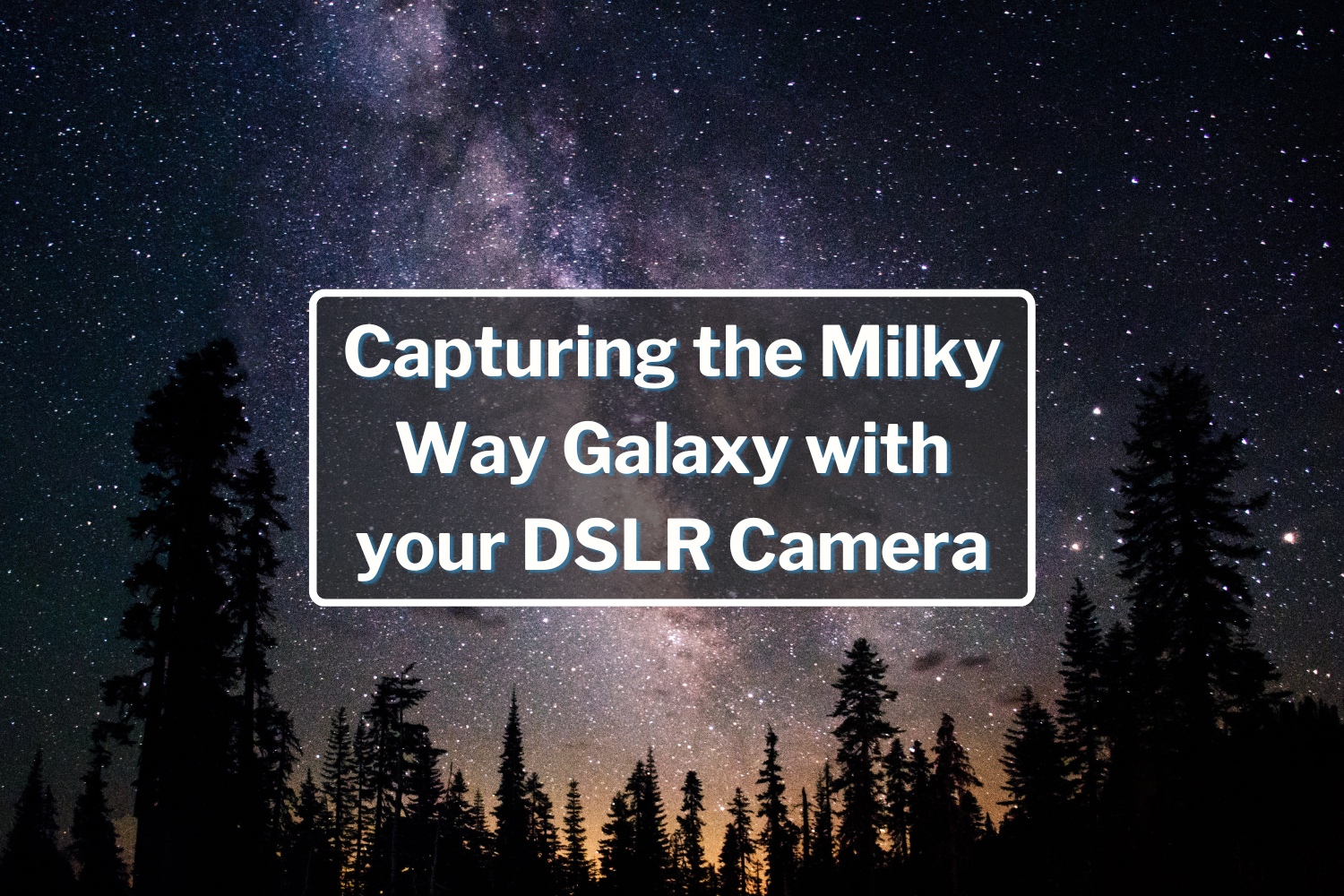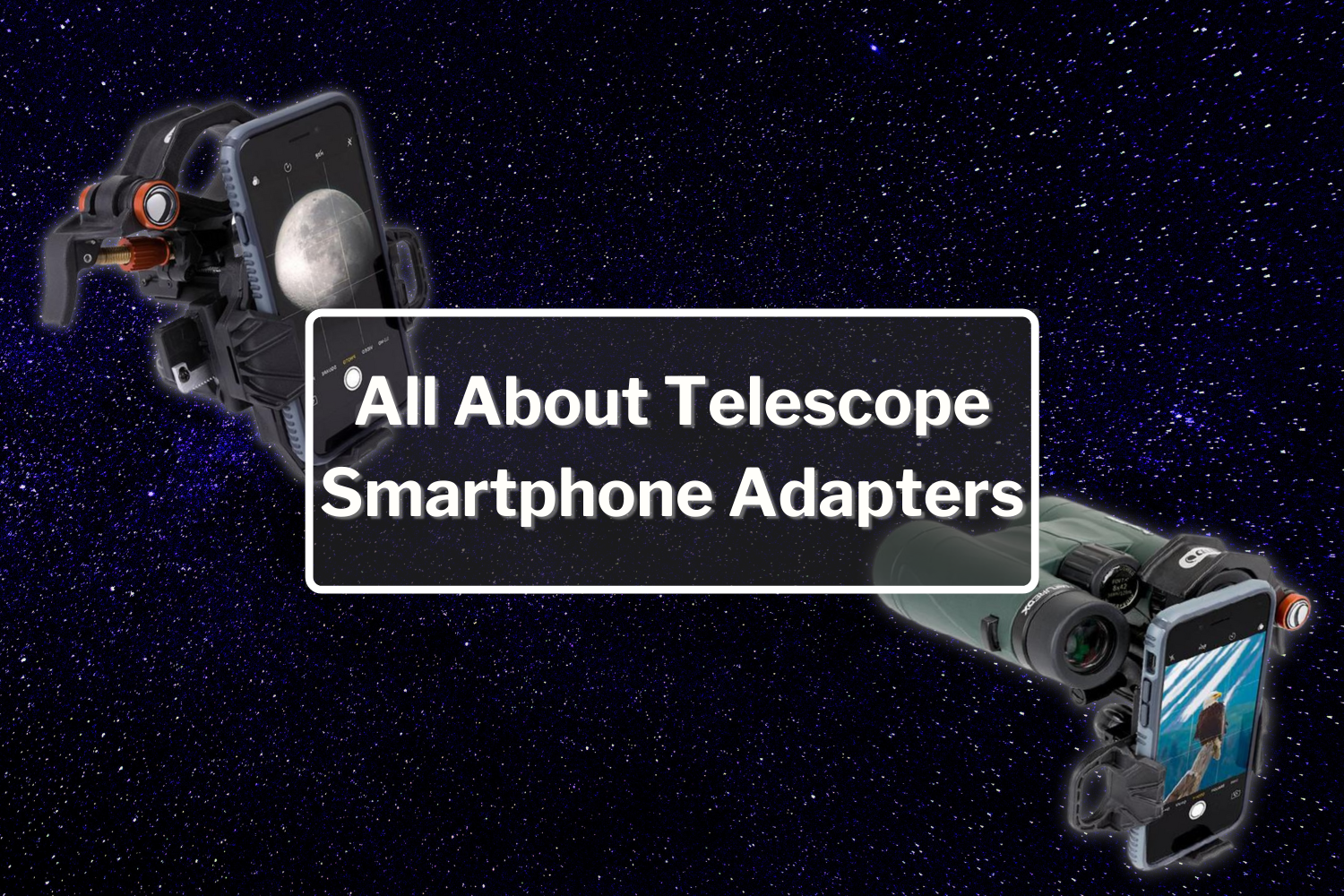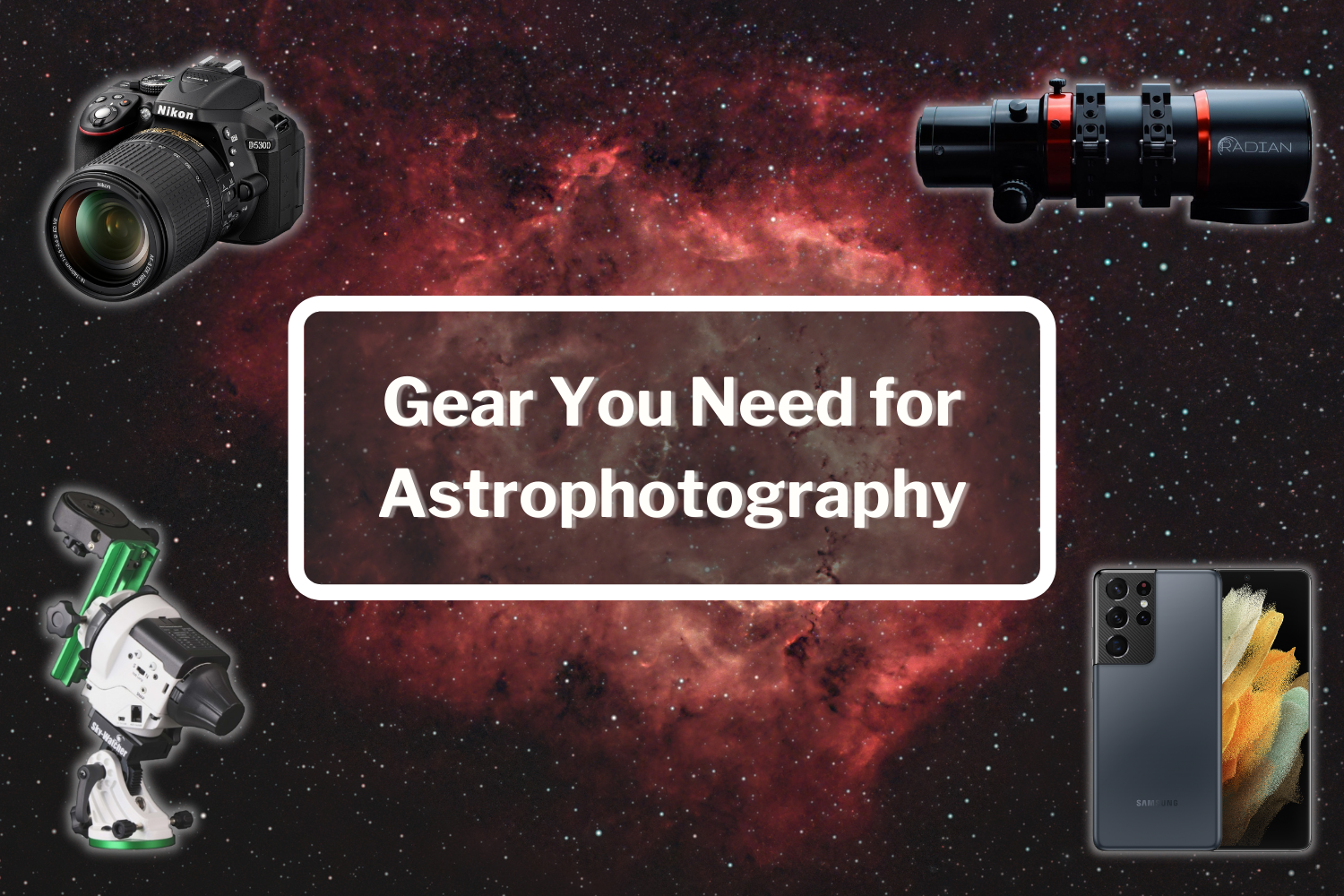How to Photograph Star Trails for Astrophotography

Capturing the apparent movement of stars across the sky as the Earth rotates can provide surreal and compelling images. A star trail photograph shows individual stars that appear as streaks across your image. Longer exposure times yield longer arcs of the star trail. For star trail photography, we recommend shutter speeds ranging from 20-90 seconds, depending on how long a trail you desire to capture.
How does one capture a star trail photograph? Simple. Just follow these easy steps:
- Fully charge up your camera! This step may seem simple and unnecessary to even mention, but we listed it for a reason: Star trail shots tend to require quite a bit of power to capture. This is especially the case if you are attempting to take multiple shots and stack them. There is nothing worse than spending hours capturing your desired shots only to have your camera die halfway through. Make sure you don’t leave your house without a fully charged camera battery!
- Pick your desired location. While you do need to be mindful of light pollution overwhelming the stars, many star trail shots include some sort of feature in your foreground (i.e. a cool tree, flower, tower, etc.). Make sure you pick a relatively dark location, clear of any potential flashlights, car lights, etc., and image on a clear, cloudless night.
- Choose your lens. For star trail shots, we suggest using your widest-angle lens. The wider the better, as it allows for you to capture more stars! Many people use the fish-eye lens, and it works quite well. We also recommend using a faster lens (i.e. a smaller f/#) with a wide aperture hold.
- Focus, focus, focus. Focusing is undoubtedly one of the most important elements of photography in general. Especially when dealing with long exposure times and stacking, you are going to want to make sure that you have your focus set up before you get to imaging. You can use auto focus for star trail photography, so long as you accurately point at a bright enough star, the Moon, or a point light source somewhere along the horizon. Get your autofocus to center on your point of focus, then switch to manual focus and begin shooting!
- Tripod time. You are going to need to mount your camera onto your tripod. It is crucial that your camera does not move at all or shift it’s location during your shot(s). Make sure you have a solid tripod that doesn’t move on uneven ground or winds.
- What type of star trails do you want to capture? Now you have to decide, do you want your star trails to be lines, or circles? The point in the sky that you choose to capture will impact the appearance of the star trails If you are looking for maximum star trail length, you will want to point your camera either East or West and you will get those straight star paths, versus if you point your camera towards the South celestial pole (or the North Celestial pole if you are in the Southern hemisphere), your star trails will start to circle. *Be careful to not aim your camera directly at a celestial pole, as the stars will appear as if they aren’t moving at all.
If you live in the Northern hemisphere, you want to look for Polaris (the North Star) while aligning your shot.
If you live in the Southern hemisphere, you are looking for Signa Octantis, this will help you locate the South Celestial Pole. Because Signa Octantis is far away and may be too faint to see with the naked eye, you can also look for The Pointers and the Southern Cross and find the point of intersection where the two lines meet.
Our team also put together this video tutorial for you: In this video Rafal from the OPT team will show you the best way to capture star trails! Learn what focal ratio, ISO, and locations are best for taking pictures of star trails in the night sky. Get your favorite DSLR camera and give these tips a try. Remember to tag us in your photos on social media using the hashtag #opteam for a chance to be featured!
What’s your favorite type of foreground in astro images? Let us know in the comments below!
Subscribe to OPT Telescopesfor more intro to astrophotography videos!
Let’s get social!











